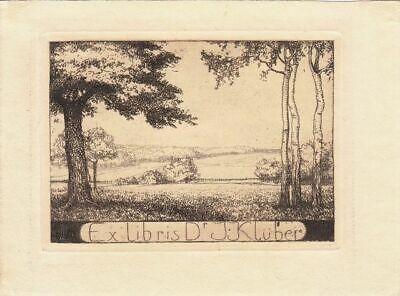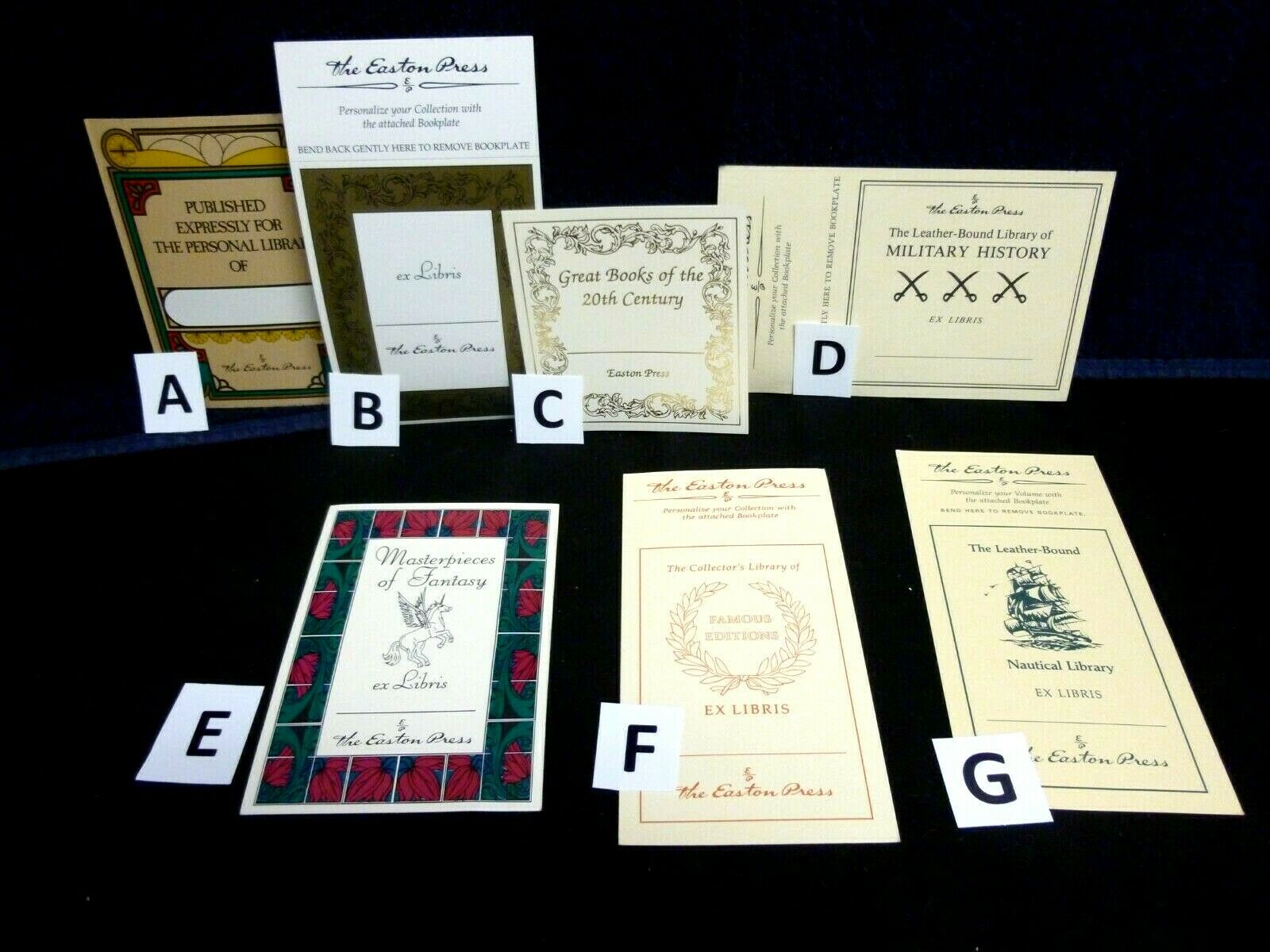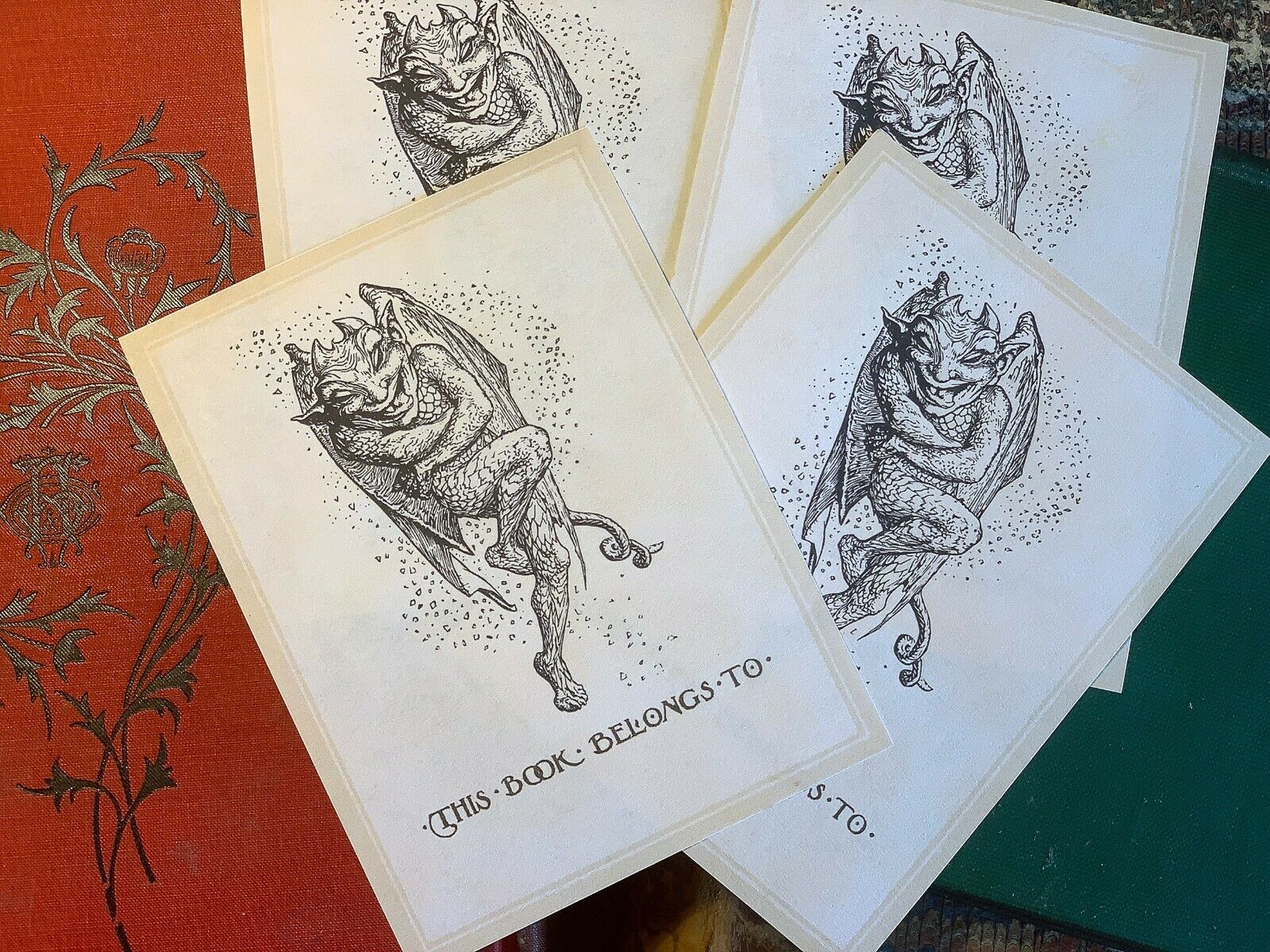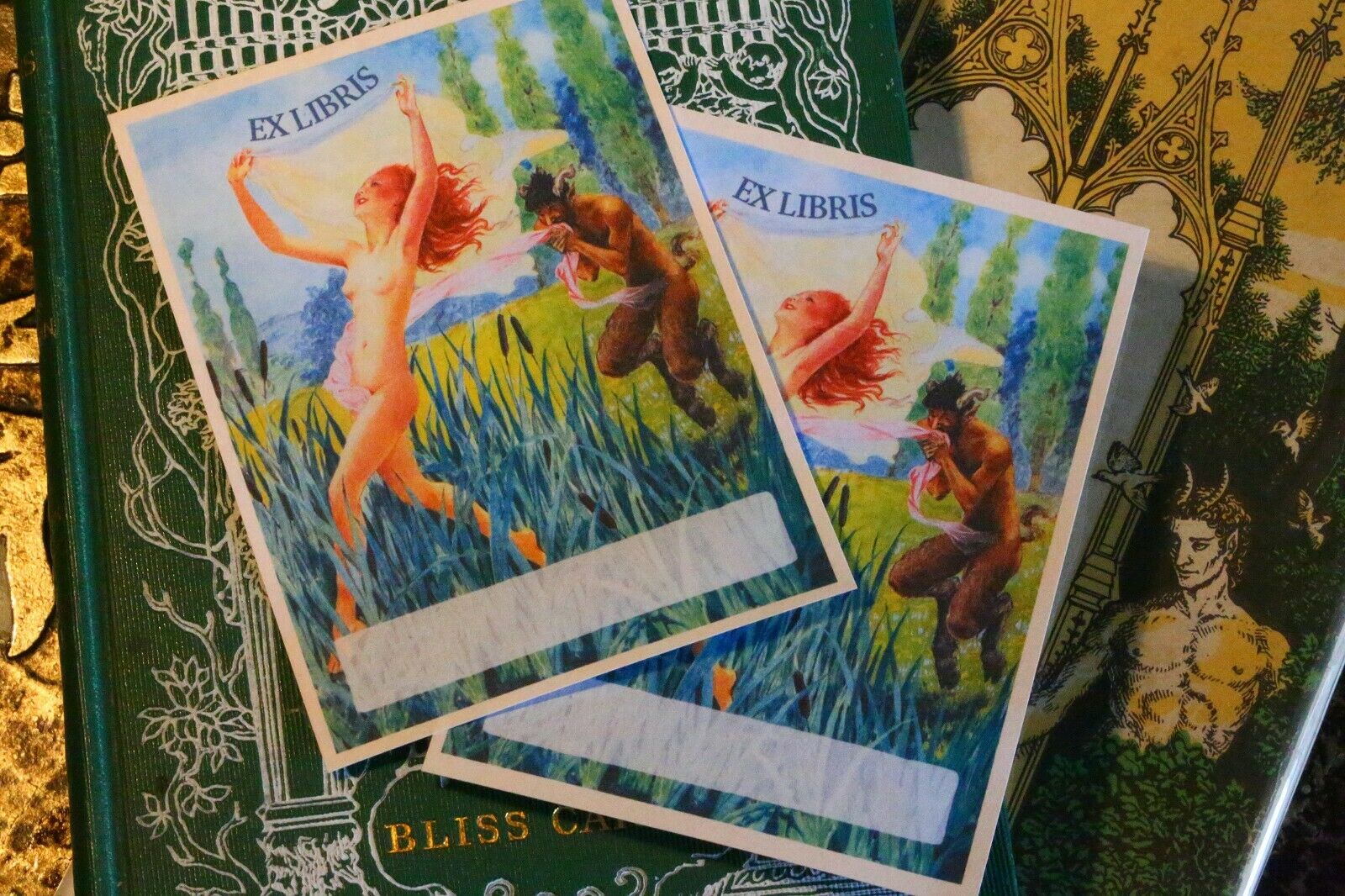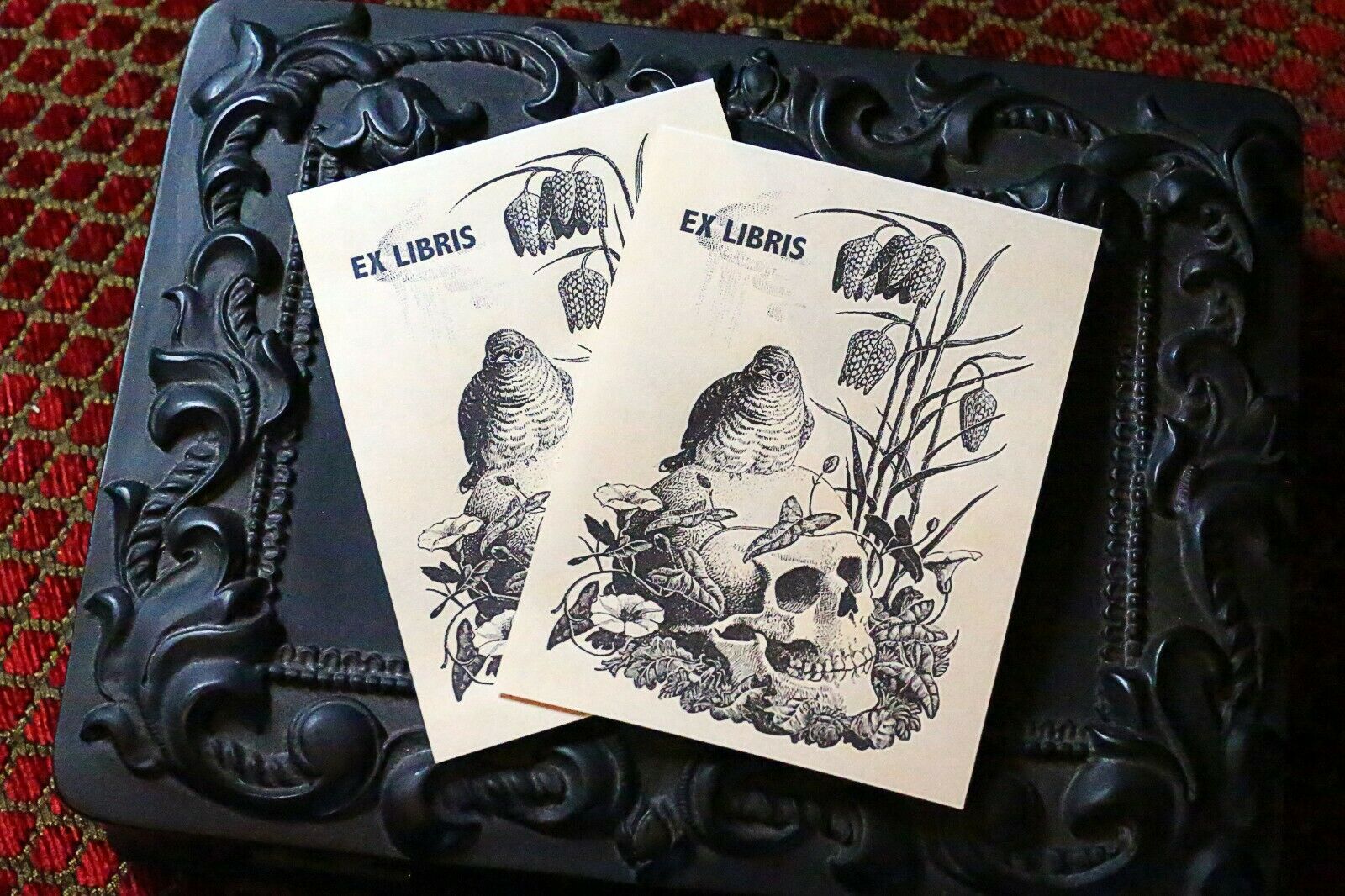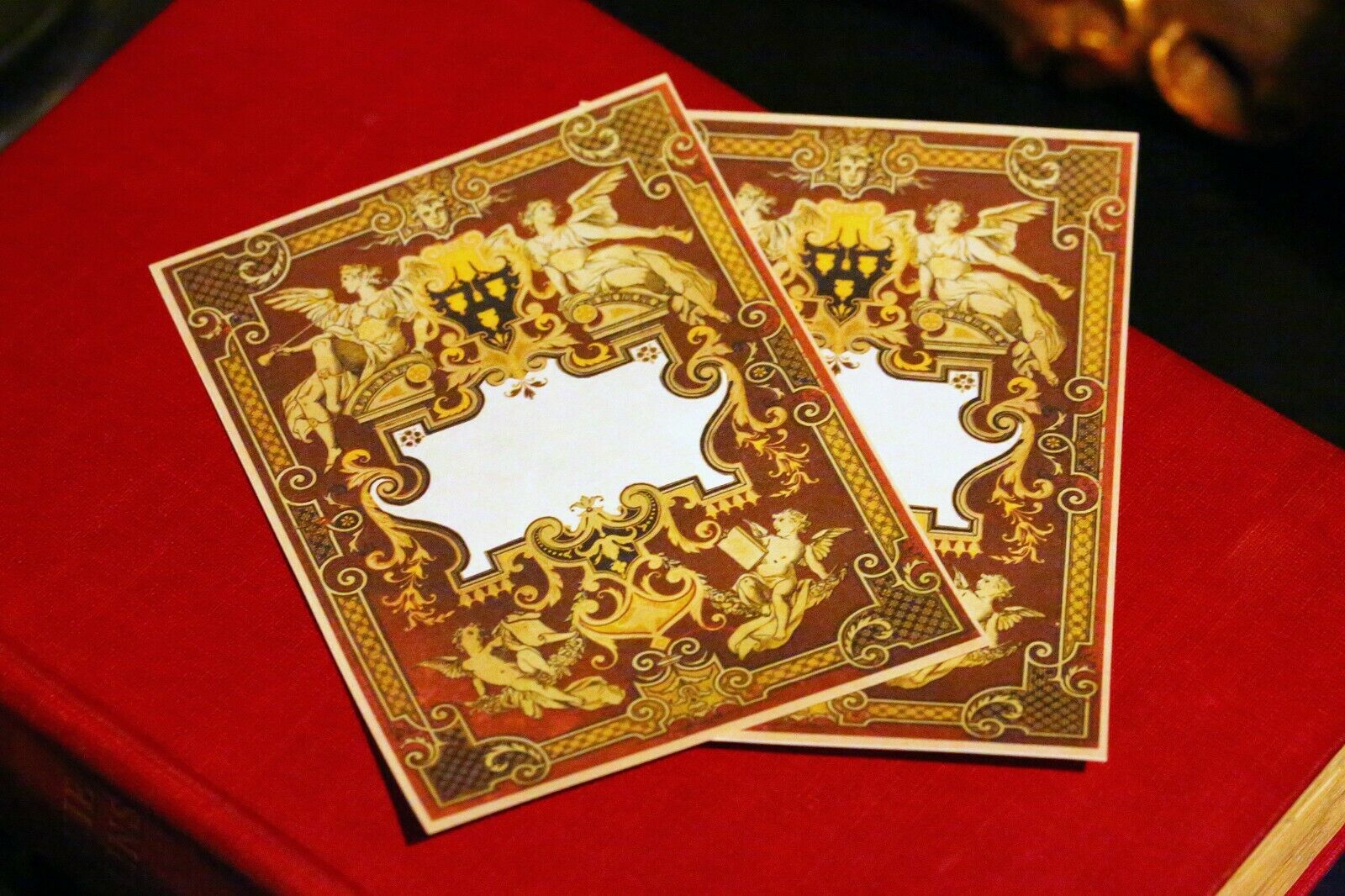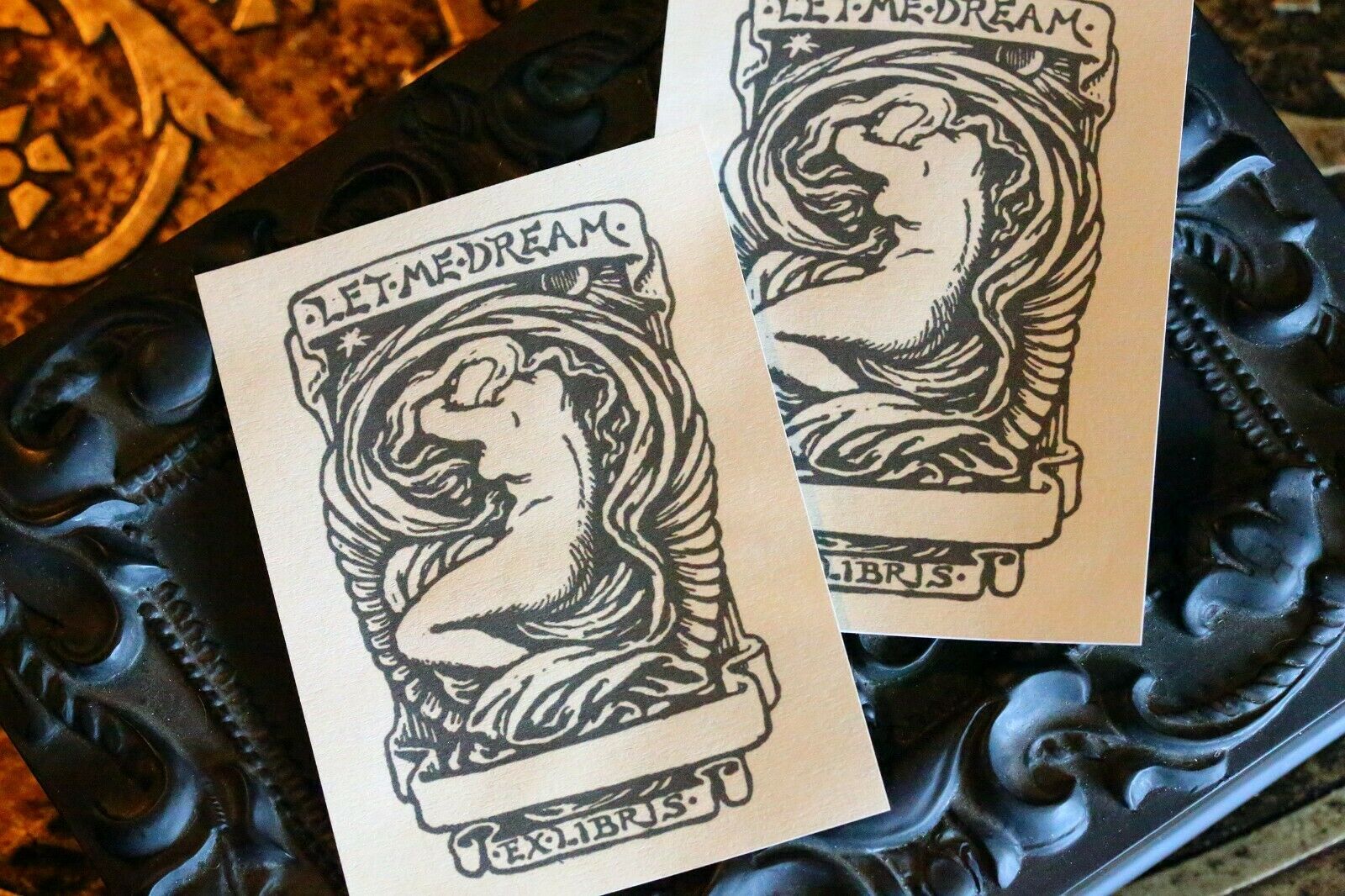-40%
Exlibris Bookplate Etching Max Tavern 1891-1969 Female Nude Menschlein
$ 19.62
- Description
- Size Guide
Description
Item detailsBookplate Dr. J. Klüber [neurologist in Erlangen]. Landscape.
Schinnerer, Adolf (1876-1949):
[1905]. 97 x 138 mm. Etching.
Language: German
Order number: 14771
Comments: * Thieme-Becker 30; Vollmer 4; Gutenberg 9811; Höhn 5. - Monogrammed in the print. Schinnerer attended grammar school in Erlangen and then began studying art history in Munich, which he broke off in 1899 to learn the artist's profession at the art academy in Karlsruhe. He was a student of Walter Conz, Ludwig Schmid-Reutte and Wilhelm Trübner, among others. In 1909/1910 he was awarded the Villa Romana Prize, combined with a one-year stay in Italy. Originally he started from French Impressionism, but later limited his range to a few strong colors. In Munich, where he was a co-founder of the New Secession, he taught as a professor at the Academy of Fine Arts from 1924. He is considered a master of drypoint and has illustrated a lot. B. 1921 The Tempest by William Shakespeare. In 1946 Schinnerer took over the reorganization of the artists' association Kunstverein Dachau (KVD), whose first chairmanship he held until 1947. (According to Höhn and wikipedia) - Small remnants of assembly on the back.
Keywords: Exlibris Ex Libris Bookplate Marque de possession
VAT)
Free shipping within Germany
Recorded with whBOOK
Item posted with the w + h GmbH eBay service
Data and images powered by
Book friend
(2021-06-21)
Comments: * Thieme-Becker 30; Vollmer 4; Gutenberg 9811; Höhn 5. - Monogrammed in the print. Schinnerer attended grammar school in Erlangen and then began studying art history in Munich, which he broke off in 1899 to learn the artist's profession at the art academy in Karlsruhe. He was a student of Walter Conz, Ludwig Schmid-Reutte and Wilhelm Trübner, among others. In 1909/1910 he was awarded the Villa Romana Prize, combined with a one-year stay in Italy. Originally he started from French Impressionism, but later limited his range to a few strong colors. In Munich, where he was a co-founder of the New Secession, he taught as a professor at the Academy of Fine Arts from 1924. He is considered a master of drypoint and has illustrated a lot. B. 1921 The Tempest by William Shakespeare. In 194
